Understanding High-Functioning Autism and Building Better Communication
Communicating effectively with individuals on the autism spectrum, particularly those classified as high-functioning, requires understanding their unique traits, abilities, and challenges. These individuals often have average or above-average intelligence and can live independently, but they may struggle with social cues, communication nuances, sensory sensitivities, and emotional regulation. Recognizing the diversity within the autism spectrum and dispelling common misconceptions lays the foundation for respectful, meaningful interactions. This article explores strategies for effective communication, building supportive relationships, and creating inclusive environments that respect individual differences.
Traits, Symptoms, and Misconceptions of High-Functioning Autism
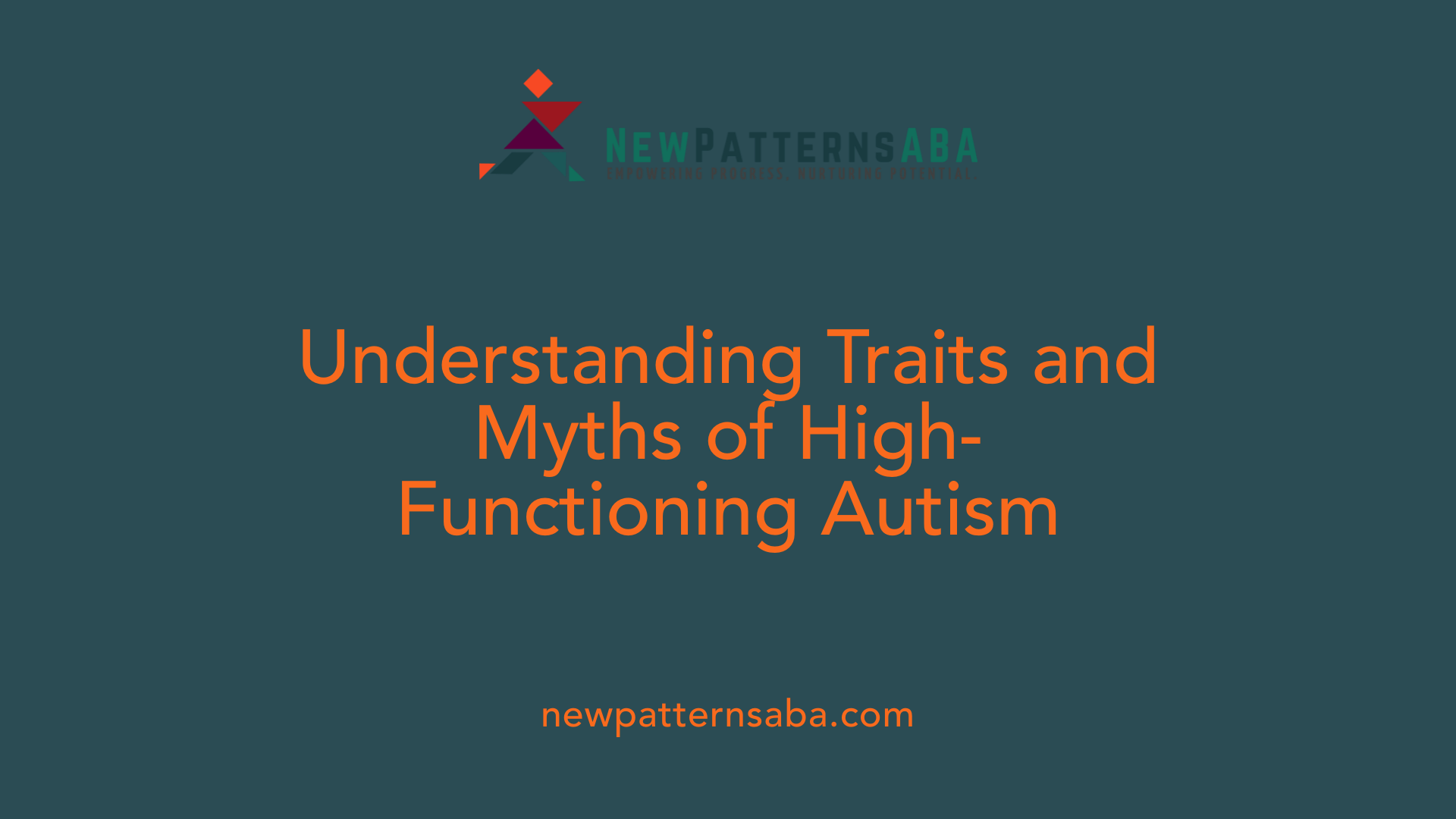
What are common traits, symptoms, and misconceptions about high functioning autism that can help facilitate better understanding?
High-functioning autism (HFA) refers to individuals on the autism spectrum who can generally manage daily activities independently and have average or above-average intelligence. They often exhibit specific traits that distinguish them but also face challenges that require understanding and support.
Core traits include difficulties with social interaction and communication, such as reading social cues or understanding idiomatic language. They may display repetitive behaviors or intense interests in specific topics, often engaging deeply with their passions. Sensory sensitivities, like aversion to loud noises or bright lights, are also common. Despite these traits, many individuals with HFA are capable of expressing their needs and engaging in meaningful conversations.
Signs in children and adults can differ. Children may delay speech development or show a preference for routines. Adults might struggle with maintaining eye contact, understanding social norms, or interpreting subtle emotional signals—highlighting the importance of explicit communication.
Misconceptions about high-functioning autism often lead to misunderstandings. A common false belief is that people with HFA lack empathy or emotions; however, they experience a full spectrum of feelings. Another misconception is that autism results from poor parenting or vaccines—these ideas are not supported by scientific evidence.
Recognizing that autism is a spectrum helps appreciate the diversity of abilities and challenges. Traits and skills can vary widely, and labels like “high-functioning” can sometimes oversimplify an individual’s experience. It is essential to approach each person with respect, listen carefully, and avoid stereotypes. Understanding these nuances fosters empathy, encourages inclusion, and supports better social and developmental outcomes.
Effective Communication Strategies for Autistic Adults and Children
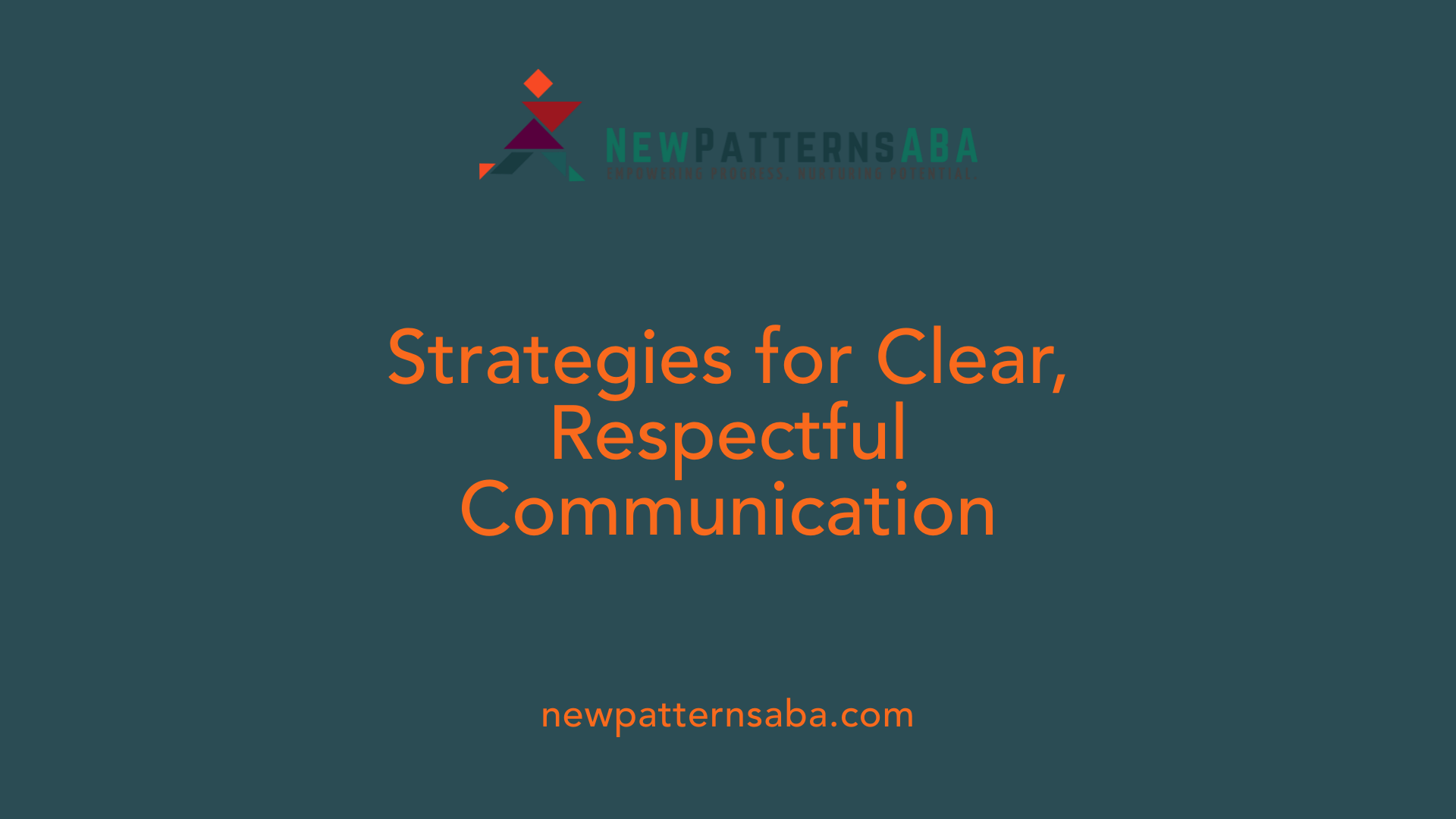
What are effective ways to communicate with individuals who have high functioning autism?
Communicating effectively with autistic adults and children involves practicing clarity, patience, and respect. Always use literal, straightforward language—avoid idioms, slang, or sarcasm, which can be misunderstood. For example, instead of saying "break a leg," you might say "good luck." Being clear helps prevent confusion and frustration.
Patience is essential. Give individuals extra time to process information and formulate responses. It often helps to pause and wait before expecting an answer. Active listening includes not only hearing their words but also paying attention to nonverbal cues like gestures, body language, or facial expressions.
Supporting their communication can involve offering alternative methods, such as visual aids, writing, or technology-assisted communication devices. These tools provide additional ways for individuals to express themselves comfortably.
Learn to recognize each person’s preferences and needs. Some may prefer written or visual communication, especially if speech is challenging. Supporting their social skills through meaningful, interest-based interactions fosters trust and improves communication.
It’s important to respect sensory sensitivities and personal boundaries. Reducing sensory stimuli or adjusting the environment can make social interactions more comfortable.
Creating an environment of kindness, encouragement, and inclusivity allows for positive experiences. Recognize individual differences, and avoid making assumptions about their abilities. Instead, focus on fostering respectful dialogues where everyone feels valued.
By applying these approaches—using clear language, practicing patience, and supporting alternative communication methods—you can facilitate better understanding and stronger connections with autistic individuals across the spectrum.
Building Respectful and Supportive Interactions
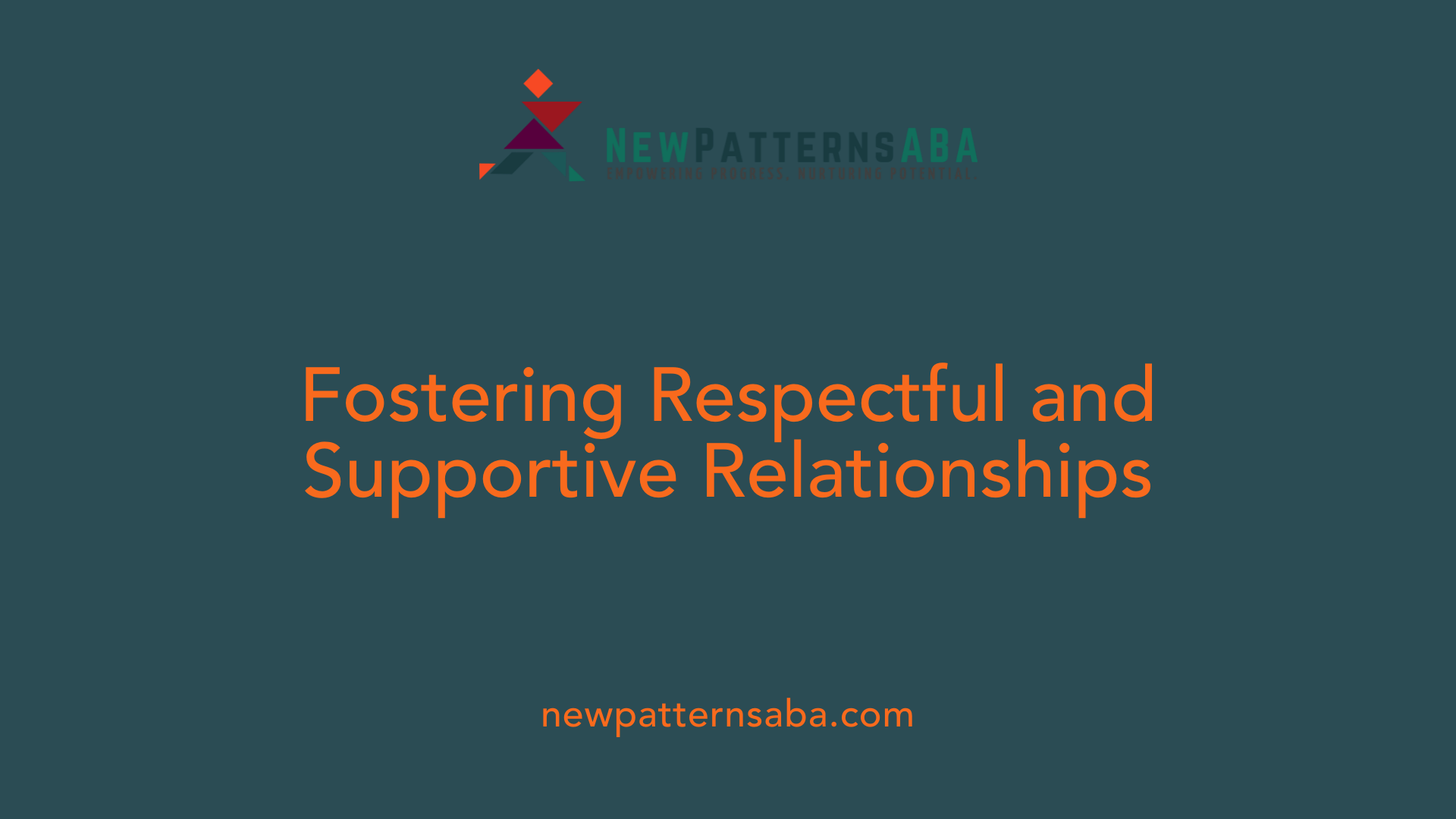 Constructing respectful and supportive relationships with adults on the autism spectrum involves several deliberate and thoughtful approaches.
Constructing respectful and supportive relationships with adults on the autism spectrum involves several deliberate and thoughtful approaches.
First, treat autistic adults with the same respect as you would any other adult. Recognize that their language-based challenges do not reflect their intelligence or worth. Use clear, literal language, avoiding slang, idioms, or sarcasm that might be misunderstood.
It is essential to respect personal boundaries and sensory sensitivities. Be attentive to cues indicating sensory overload or discomfort, and create environments that are calm and predictable whenever possible. Offering choices and respecting their preferences helps reinforce a sense of safety and autonomy.
Supporting effective communication is vital. Engage in active listening, ask clarifying questions for better understanding, and allow ample time for responses. Be patient and give individuals space to process information at their own pace.
Providing specific, honest, and non-judgmental feedback helps individuals learn social skills without feeling misunderstood. Avoid speaking about them as if they are not present in conversations, and always include them respectfully.
Promoting kindness, patience, and understanding creates a positive atmosphere. Recognize the diversity of the autism spectrum and the different abilities and needs of each person. Learning about their interests and hobbies can facilitate engaging conversations and foster mutual respect.
Lastly, be mindful of sensory sensitivities, which can influence how individuals experience their environment. Adjust lighting, noise, and other stimuli as needed. Supporting their social engagement with gentle redirection or prompts can reduce social anxiety.
By consistently applying these principles—respect, patience, clear communication, and understanding—you foster meaningful and supportive interactions that uphold dignity and promote trust.
Enhancing Social Interactions and Fostering Relationships
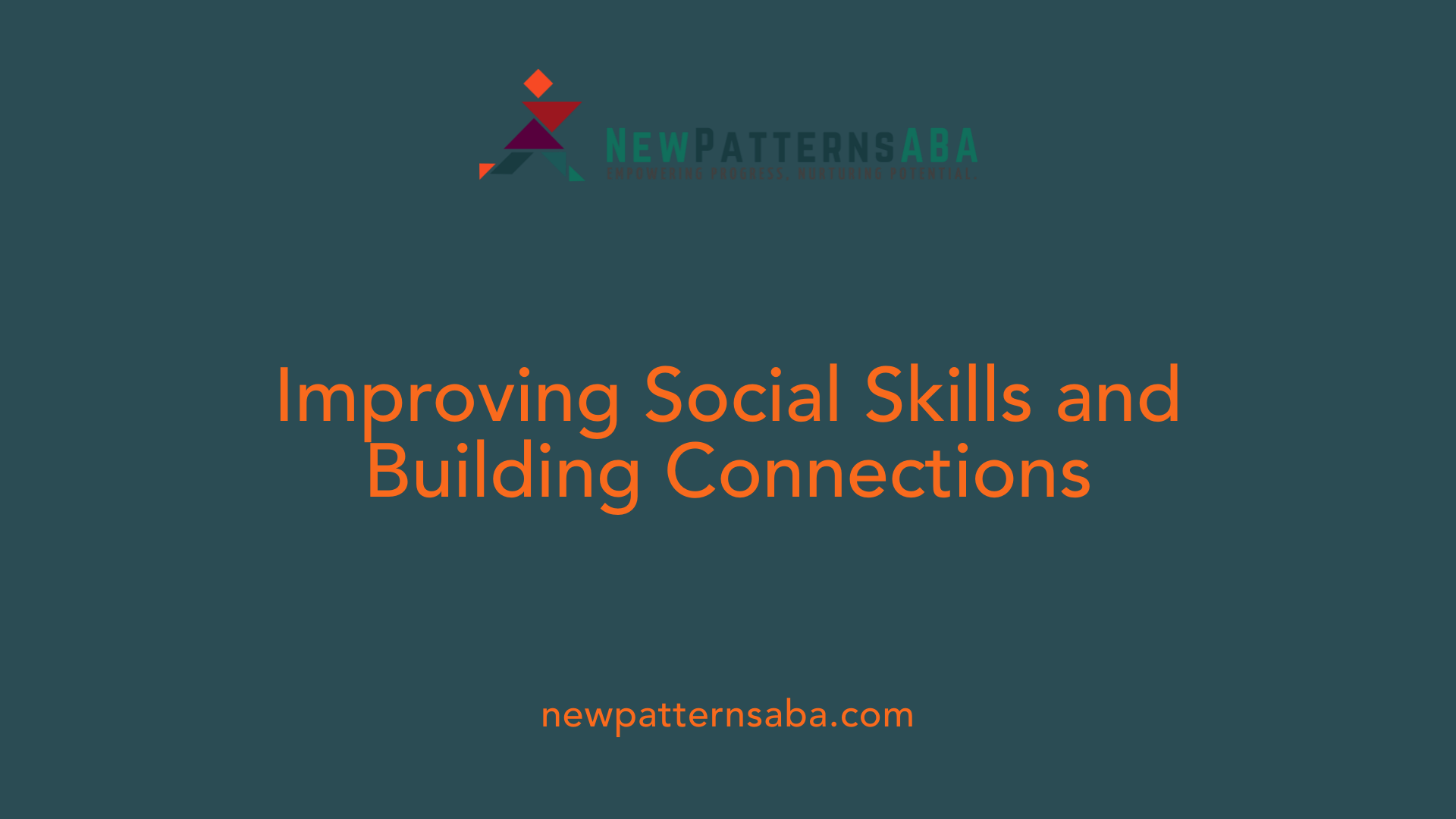
What are some strategies for improving social interactions and relationships with individuals on the autism spectrum?
To strengthen social interactions and build relationships with adults on the autism spectrum, using visual supports can be very effective. Visual aids such as social stories, comic strip conversations, and cue cards help clarify social expectations and make abstract social rules more concrete. These tools communicate basic social cues and situations, helping individuals understand what behaviors are appropriate and how to respond.
Incorporating teachable techniques like role-playing, modeling, video demonstrations, and playful activities can also develop social skills gradually. These methods allow individuals to practice social scenarios in a safe and structured setting, increasing their confidence and competence.
Participation in social skills groups led by trained professionals or peer-led programs can provide meaningful opportunities for interaction. These groups not only teach social rules but also create a supportive environment where individuals can make friends and experience social success, which can reduce anxiety.
Encouraging explicit, straightforward communication is essential. Use clear language, avoid idioms or sarcasm, and ask direct questions. This approach makes it easier for individuals on the spectrum to understand and respond effectively, fostering more engaging conversations.
Building awareness and understanding among peers through education and inclusive activities promotes a supportive community. Exposure to diverse communication styles encourages acceptance and positive interactions, leading to more sustained friendships.
Overall, integrating visual supports, engaging in social skills development activities, and promoting inclusive environments can significantly enhance social capabilities and create fulfilling relationships for adults on the autism spectrum.
Approaching Conversations and Providing Support
How should I approach conversations and provide support for individuals with high functioning autism, both children and adults?
When engaging with individuals on the autism spectrum, particularly those considered high functioning, it is essential to communicate in a clear, straightforward manner. Use literal language, avoiding idioms, metaphors, slang, or sarcasm that might be misunderstood. This helps prevent confusion and promotes effective understanding.
Patience is crucial. Allow extra time for processing information and responses, as some individuals may need more time to interpret questions or express their thoughts. Active listening shows support and care; pay close attention, and don’t rush the conversation.
Respecting their personal preferences and boundaries is vital. This includes recognizing sensory sensitivities, which may influence how comfortable they are in different environments or during interactions. Try to incorporate their specific interests—whether hobbies, topics, or activities—into conversations to foster engagement and make the interaction more meaningful.
Utilize visual aids, written communication, or alternative methods such as gestures or assistive technology if verbal communication presents challenges. These tools can help clarify messages and accommodate different sensory processing needs.
During interactions, be honest and offer constructive, non-judgmental feedback to guide appropriate social behaviors. Modeling respectful communication and social norms is beneficial, especially for understanding subtle cues or social conventions.
Ultimately, creating a supportive, patient, and respectful environment enhances understanding, builds trust, and encourages positive social relationships with people on the autism spectrum.
What to Avoid in Communication with Autistic People
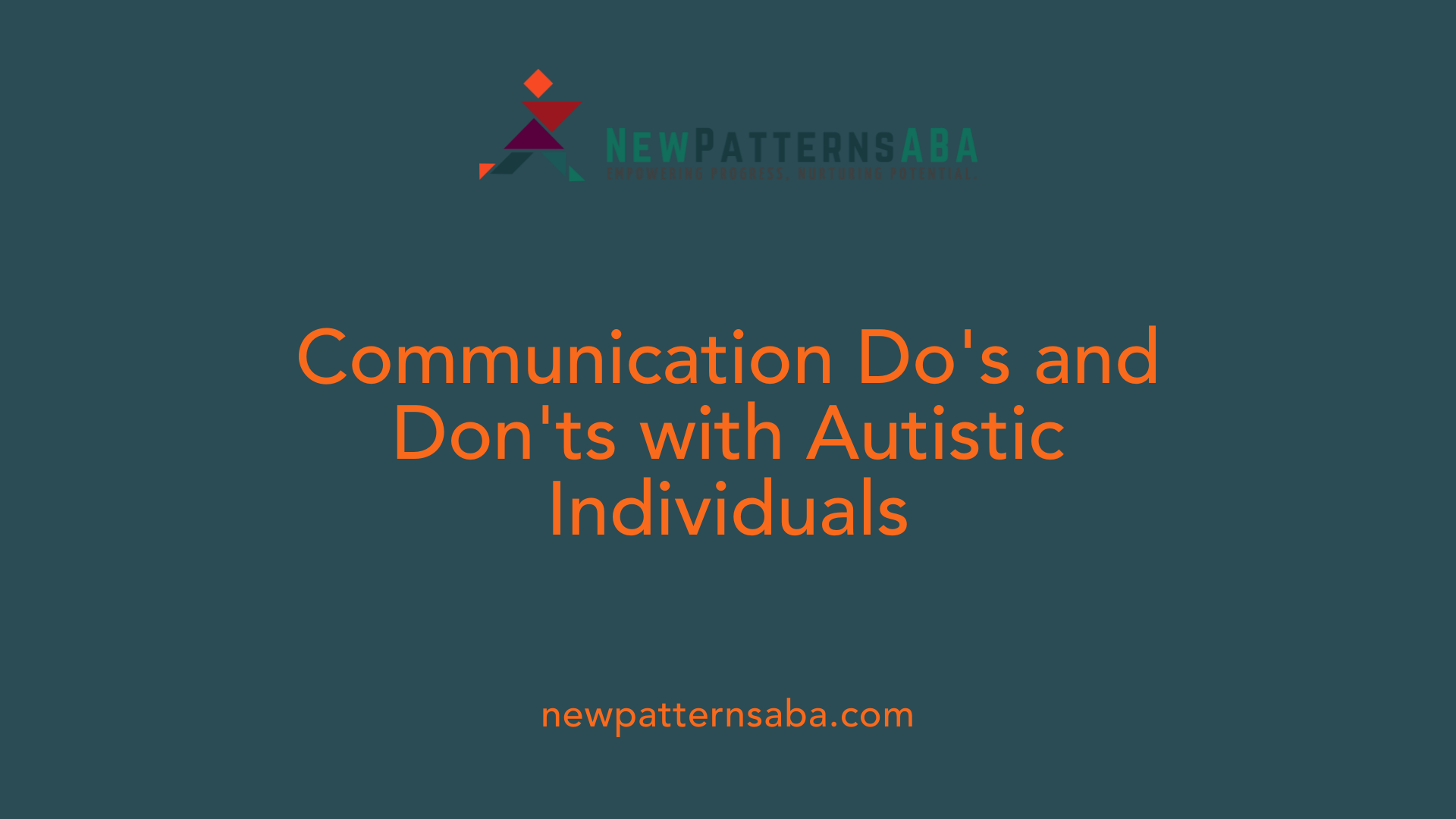
What should I avoid saying to someone with high functioning autism?
When communicating with someone on the autism spectrum, particularly those considered high functioning, it’s important to be respectful and clear. Avoid dismissive comments such as "Don’t worry, everyone’s a little Autistic" or "You don’t look Autistic," as these minimize their feelings and experiences. Such remarks can be invalidating and may cause frustration or hurt.
Refrain from making assumptions about their abilities, intelligence, or social skills. Not all individuals on the spectrum have the same strengths or challenges. Asking intrusive questions about medications or personal life can also be uncomfortable and disrespectful.
It’s wise to avoid stereotypes and labels like "high-functioning," which can oversimplify their needs and experiences. Instead, focus on using precise, literal language, and listen patiently. Be aware that they might need extra time to process what you say and respond accordingly.
Treat all individuals with the same level of kindness and respect, regardless of how they communicate or behave. Recognizing their unique experiences and strengths helps foster understanding and positive interaction.
Additionally, steer clear of slang, idioms, or metaphors, as they are often understood literally and can lead to confusion. Maintaining respectful, clear, and straightforward communication helps ensure an effective and supportive dialogue.
Supporting Adults with Autism in Developing Friendships and Social Networks
How can adults with high functioning autism meet others and develop friendships?
Adults on the autism spectrum, particularly those with high functioning traits, can form meaningful social connections by engaging in activities suited to their interests. Joining local support groups, hobby clubs, or online communities such as Meetup can be effective ways to meet like-minded individuals.
It’s beneficial to attend social events initially as an observer. This allows individuals to familiarize themselves with the environment without feeling overwhelmed. Over time, participants can gradually become more involved, practicing small talk and initiating conversations with others. These steps help build confidence and reduce anxiety about social situations.
Managing social anxiety is crucial for developing friendships. Techniques such as relaxation exercises, mindfulness, or seeking support from a mental health professional can ease feelings of nervousness. Support from counselors or therapists can provide strategies tailored to personal comfort levels.
Successful friendships often develop through shared interests, which foster natural conversations and activities. Clear communication, understanding boundaries, and reciprocal respect are essential components of healthy relationships. Focusing on quality rather than quantity helps avoid feelings of loneliness and promotes meaningful connections.
Participating in autistic-led communities and focusing on common goals or hobbies can deepen bonds. Building friendships is a gradual process that benefits from patience and authenticity. These strategies contribute to reducing social isolation and creating a supportive network that enhances well-being.
For more guidance, researching topics under "Building Friendships with Adults on the Spectrum" can provide additional insights into effective approaches and personal experiences.
The Importance of Accurate Diagnosis and Support Resources
What is the process for diagnosing high-functioning autism in children and adults?
Diagnosing autism spectrum disorder (ASD), including those individuals often referred to as having high-functioning autism, involves a comprehensive process conducted by qualified professionals. For children, this process typically begins with developmental monitoring by pediatricians or early childhood specialists. Parents and caregivers are asked about developmental milestones, behaviors, and social interactions. Screening tools are used during regular check-ups at specific ages to identify potential signs of autism.
When concerns are raised, a detailed evaluation by specialists such as psychologists, speech-language therapists, or developmental pediatricians is conducted. Diagnostic tools like the Autism Diagnostic Observation Schedule (ADOS-2) and Autism Diagnostic Interview-Revised (ADI-R) are often employed. These tools include structured observations and interviews to assess social communication, repetitive behaviors, and cognitive functioning.
For adults, diagnosis focuses on current behavior patterns and a retrospective understanding of past development. The process may involve interviews with the individual and family members to gather comprehensive developmental histories. Clinicians may also utilize standardized assessment tools, behavioral observations, and review of educational or medical records.
It is important to note that there is no biological test or biomarker for ASD. Diagnosis relies exclusively on behavioral assessments and developmental history. Self-assessment questionnaires and screening tools can help identify the need for a professional evaluation but are not definitive.
Accurate diagnosis plays a crucial role beyond mere labeling. It opens access to a range of support services such as social skills training, communication therapy, and community resources. Proper diagnosis also helps individuals understand their strengths and challenges, leading to better self-awareness and tailored strategies for personal development.
Supporting individuals with a precise diagnosis ensures they receive the necessary tools and understanding to thrive in daily life, whether through educational accommodations, employment support, or social participation. Therefore, engaging with professionals and utilizing appropriate assessment tools are essential steps towards comprehensive support and acceptance.
Fostering Understanding and Acceptance in Communication
Effective communication with individuals with high-functioning autism is rooted in respect, clarity, patience, and empathy. By understanding their traits, challenges, and strengths, and by adapting our communication style and environment, we promote inclusion and mutual understanding. Supportive, non-judgmental interactions can lead to meaningful relationships, reduce social anxiety, and foster a sense of community. Embracing diversity in communication styles and respecting individual preferences not only enriches our interactions but also creates a more accepting society where autistic individuals can thrive.
References
- Tips for Talking to Adults on the Autism Spectrum - May Institute
- How to Talk to Someone with “High-Functioning” Autism
- Interacting with Autistic People - Milestones Autism Resources
- Autism and communication - National Autistic Society
- A Neurotypical's Guide to Speaking to Someone with Autism
- Adult Autism and Relationships - HelpGuide.org
- What are Some Strategies to Manage High-Functioning Autism?





